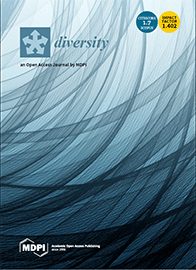
Ricerca & Innovazione > Contributi Scientifici
Giupponi L, Pedrali D, Leoni V, Rodari A, Giorgi A.
Landraces are an agri-food and historical-cultural heritage but are undergoing losses worldwide. Italy is taking action to counteract this problem by following European guidelines. One of the most important measures is the Agrobiodiversity National Register (ANR), but 12 Italian regions currently appear without any landraces and around 80% of the landraces listed are trees, with less detailed data on herbaceous species. The aim of this study is to investigate the situation for Italian herbaceous landraces preserved on farms (in situ) by merging and analyzing data contained in the main databases on plant agrobiodiversity in Italy. Data were georeferenced, organized by botanic families and Italian regions, and analyzed by GIS and R. A total of 1615 herbaceous landraces were found (versus the 416 recorded in the ANR). Poaceae, Fabaceae, and Solanaceae together comprise 70% of all herbaceous landraces and are mostly preserved/grown in areas between 150 and 800 m a.s.l. Some hilly and sub-mountain areas of the Apennines and the Alps are hotspots of herbaceous landraces due to anthropic and environmental factors. The results of this research will be useful to enrich the ANR and trigger actions of characterization, conservation, and promotion of these plant resources.
